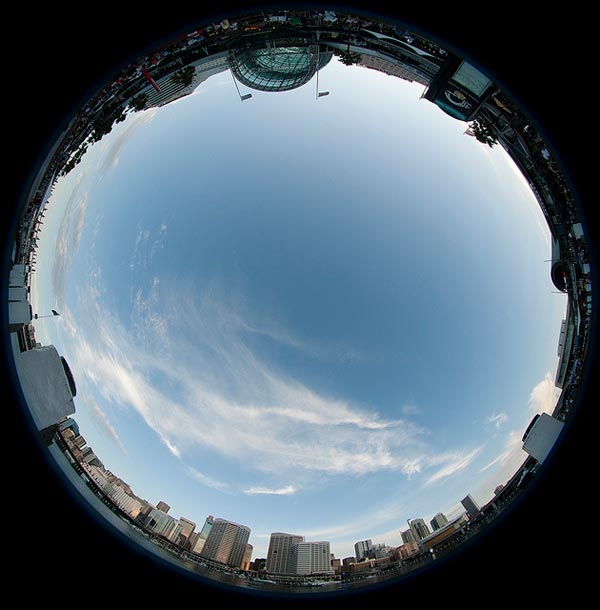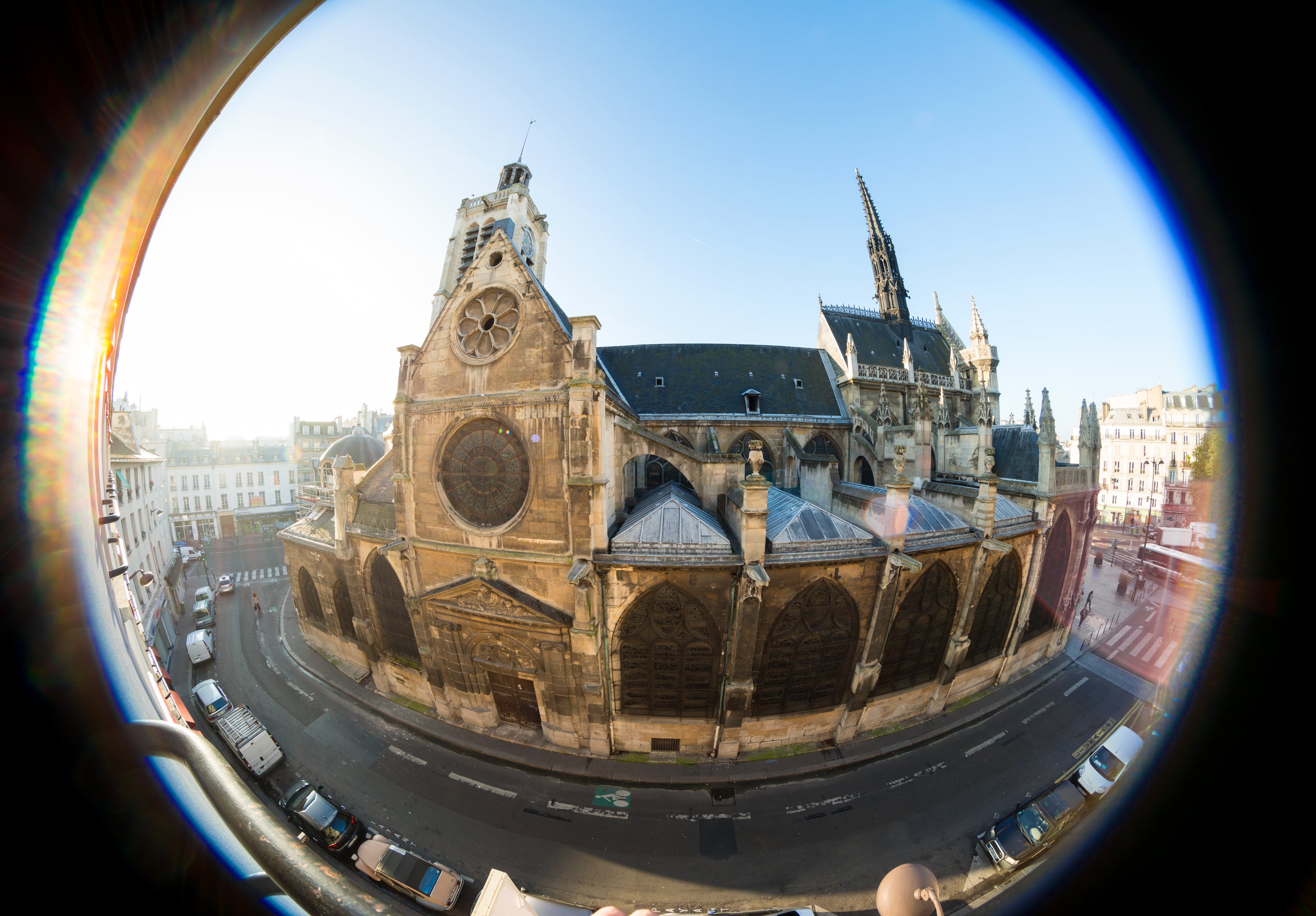

Even the widest rectilinear lenses only have a field of view of about 120º - very wide, but not as wide as a fisheye lens with a field of view of 180º. The lines may end up converging or diverging a fair degree, but they remain straight. This means objects with straight lines (buildings, trees, the horizon) remain straight in the final image. Using Lens Profiles in Lightroom - This is the easiest method, but one I rarely use.


This section alone could be a lengthy article so I will only give the methods a cursory look.
#Fisheye photos skin#
There are a number of ways to skin a cat, or de-fish a photo. There are times when I am looking for the very wide field of view yet also want little to no obvious distortion. When I reach into my camera bag to pull out my fisheye lens, I completely understand the potential for distortion and am usually happy to live with the results. (Am I the only one that struggles with maintaining a level horizon?) It's a feature that I leave turned on almost all the time, regardless of which lens I'm using. I find myself relying heavily on the built-in levels (both horizontal and vertical) on my Olympus cameras. Another option is to crop some of the image in order to raise or lower the horizon - something I avoid if possible. When framing my subject I will try to put more weight into either the left or right half of the image and if possible into one of the corners. This, of course breaks that rule - sort of. One of the compositional rules that many landscape photographers follow is to never put the horizon in the centre (that whole Rule of Thirds thing). For example, in the sample images you will notice that the smaller trees near horizon line show no obvious curvature while the buildings that are a bit larger do show some. With more linear objects trees, buildings, roads, bridges and the like, the curve becomes more pronounced the closer that object is to the edge of the frame or the larger it is within the frame. It works particularly well when photographing irregularly shaped objects such as rocks, hills, clouds, etc. This doesn't mean that no distortion exists, it's just not as obvious. If you want to avoid the obvious distortions that fisheye lenses are known for, there is a very easy fix - place the horizon line dead centre.


 0 kommentar(er)
0 kommentar(er)
